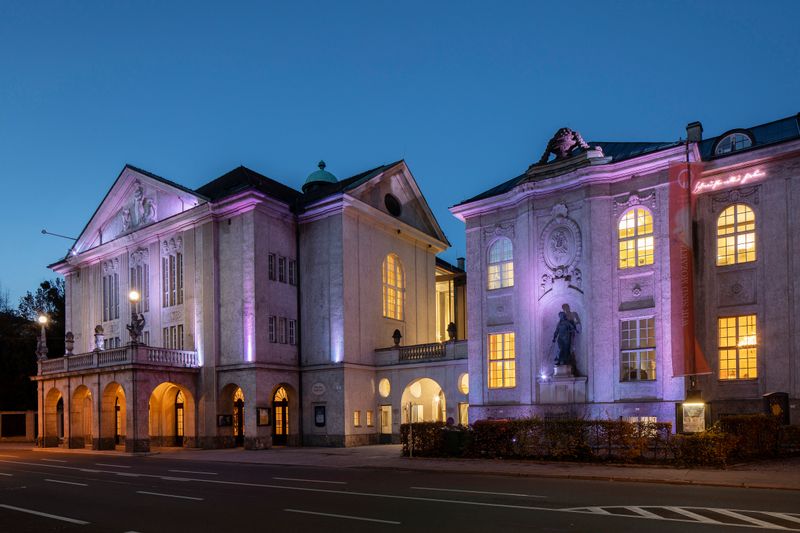News
The latest news about everything happening in the Salzburg Mozarteum Foundation around Mozart Week, Season concerts, the Mozart Museums and the research about Mozart.

All letters by Leopold Mozart to his daughter Maria Anna online
23.06.16
The Online Edition – Mozart letters and documents, a project of the Digital Mozart Edition at the Mozarteum Foundation Salzburg, is proud to present all 133 letters by Leopold Mozart to his daughter. They are to be found online at http://dme.mozarteum.at/briefe/. On 23 August 1784, Maria Anna Mozart married Johann Baptist Franz von Berchtold zu Sonnenburg, Highprincely-Salzburg Councillor and Guardian of St. Gilgen. Hence, she moved to that small village, six hours by coach from Salzburg. From this moment on, Leopold Mozart wrote letters to her regularly, which are full of highly interesting information about Salzburg musical life, politics, his daily routine, and the health of his grandchild Leopold, born on 15 July 1785, who Maria Anna let grow up with his grandfather; furthermore, the letters are important as they report numerous details from letters by Wolfgang Amadé Mozart that are currently lost.
These letters are a significant complement to 247 other letters by Leopold Mozart already published earlier and 375 letters by his son Wolfgang Amadé from the years 1769 to 1791. A total of 1128 letters and documents are now available in the online edition, which is continuously being updated; they include parts of the correspondence by other members of the Mozart family, numerous documents from the 19th century, as well as a „Friendship Book“ of Mozart youngest son, Franz Xaver Wolfgang, preserved at the archive of the Mozarteum Foundation Salzburg. The letters are displayed in a line-by-line transcription and with digital images of those letters held by the Foundation. Every letter is available in a reading version in PDF format.
The correspondence of the Mozart family, the larger part of which is held by the Mozarteum Foundation Salzburg, is a treasure of world cultural heritage. The letters provide a glimpse into the everyday life of the Mozart family and are also an important source for the history of music in the 18th century.